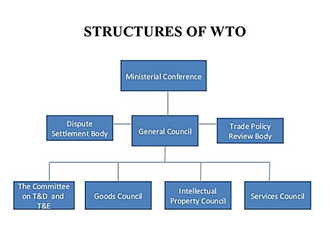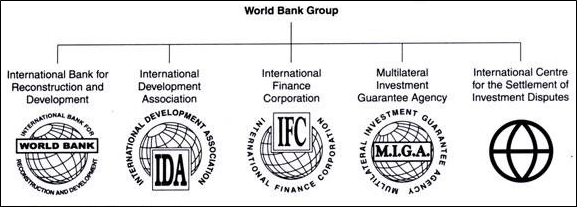- Raw Material: They are unprocessed or minimally processed material that are essential to produce goods or the provision of services. They are considered as inputs.
-
Intermediate Goods:
-
- They are also known as Work-In-Progress (WIP) or producer goods.
- These are the products that are used in the production process to make other goods.
- Intermediate goods are not included in the calculation of a country’s GDP.
- This is done to avoid double counting.
Note: Same good can be an intermediate good or final good depending upon the usage. For example, if sugar is used by a bakery for cake production, it is an intermediate good. But, if the sugar is bought by the consumer for personal consumption, it becomes a final product.
- Final Goods: Those goods which are consumed by the consumer as they do not require any further processing. Final goods can be further categorised as: Capital Goods; Consumer Goods
- Capital Goods: Those goods which are used to create final goods. These themselves do not undergo any processing. In economic terms, capital goods help in creating value to the consumer goods which helps in earning revenue for the business or firm.
- Consumer Goods: Those goods which are ultimately consumed by the consumers. They have no future productive use.
They are of 2 types of consumer goods: Durable goods and non-durable goods.
- Durable goods: These are goods that do not need to be purchased very often and are used for a considerable period of time. Eg – House, vehicles, appliances etc.
- Consumable goods: Also known as non-durable goods. These are the items which generally last less than 3 years. Eg – food, beverages, clothing, shoes, and gasoline.
Spread the Word



